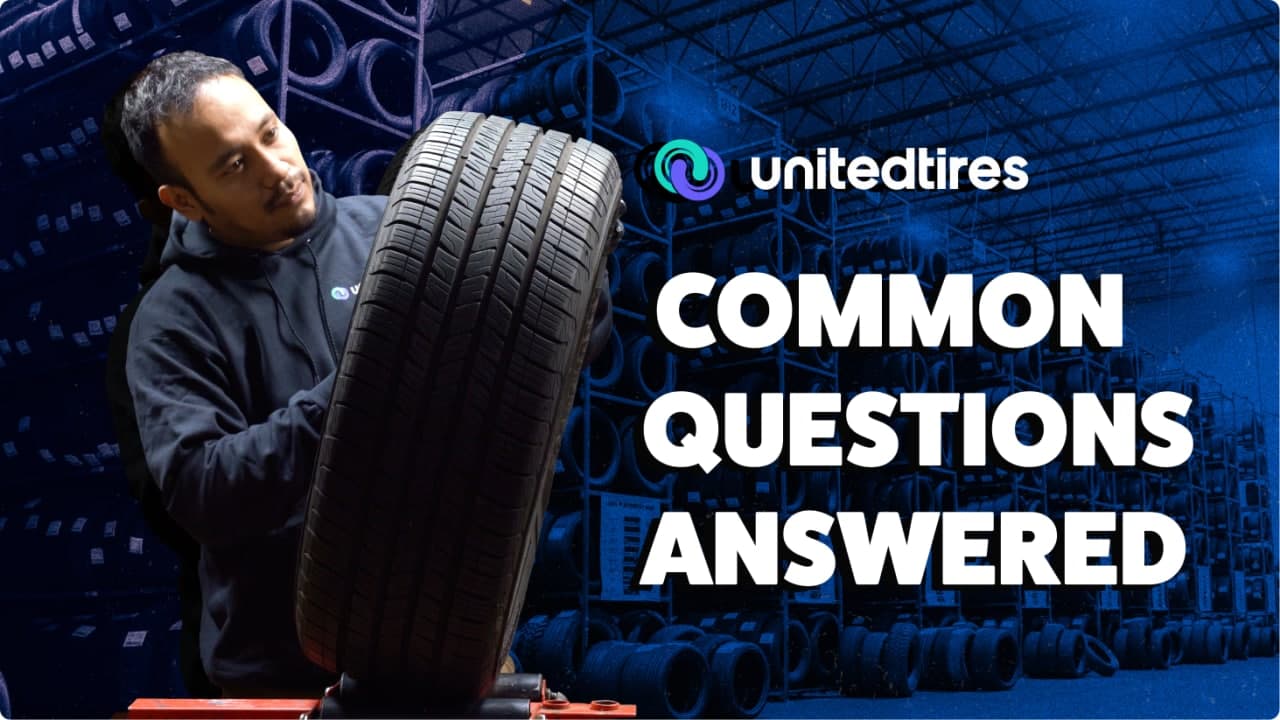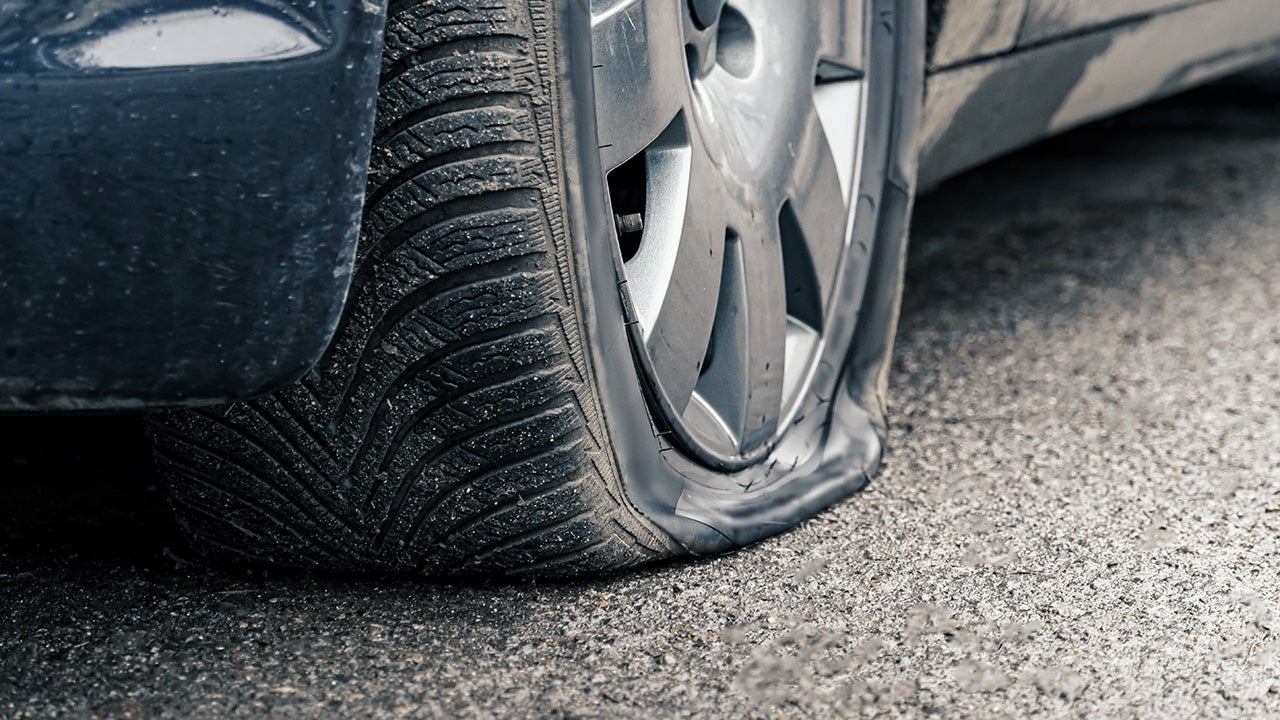All Categories
Featured
Table of Contents
I was able to obtain 100 hours out of one of these tires, and while it had absolutely no tire lugs left on it, the soft compound made it function extremely wellas long as I was utilizing a soft mousse. Kitt Stringer picture Easy placing - 3Wear - 3Sidewall strength - 3Performance on origins - 4Performance on damp rocks - 2Traction on dust - 5Cornering capacity - 4Traction while stopping - 4Self-clearing of dirt and mud - 3Performance in mud - 3Overall predictability or tracking - 3 _ 37 Verdict: This is an excellent well-rounded tire with good value for money.

The wear corresponded and I such as how much time it lasted and how regular the feeling was throughout use. This would additionally be an excellent tire for faster races as the lug dimension and spacing little bit in well on fast surface. Kitt Stringer photo Easy mounting - 3Wear - 3Sidewall stamina - 3Performance on roots - 4Performance on damp rocks - 4Traction on dust - 4Cornering ability - 4Traction while braking - 5Self-clearing of dirt and mud - 4Performance in mud - 4Overall predictability or tracking - 4_42 Verdict: I liked this tire a whole lot.
If I needed to acquire a tire for tough enduro, this would be in my leading selection. Easy installing - 3Wear - 3Sidewall strength - 3Performance on origins - 4Performance on damp rocks - 3Traction on dust - 4Cornering ability - 3Traction while braking - 3Self-clearing of dirt and mud - 4Performance in mud - 4Overall predictability or monitoring - 3 _ 34 Verdict: This tire was really soft and pliable.
All the gummy tires I checked carried out fairly close for the very first 10 hours or so, with the victors mosting likely to the softer tires that had much better traction on rocks (Tyre checks). Getting a gummy tire will absolutely give you a strong advantage over a regular soft substance tire, yet you do spend for that advantage with quicker wear
Wheel Balancing Services Near Me (Wangara)
Finest worth for the cyclist that desires suitable efficiency while getting a reasonable quantity of life. Ideal hook-up in the dust. This is an excellent tire for spring and autumn problems where the dust is soft with some dampness still in it. These tried and tested race tires are wonderful throughout, however wear promptly.
My general victor for a hard enduro tire. If I needed to spend cash on a tire for daily training and riding, I would select this set.
Tyre Safety Near Me
I've been running a collection of Michelin Power Pilot 2CT's on my track Daytona 675 for the previous year. Because time I have actually done 15 track days in all weather conditions from cool wet to incredibly warm and these tires have never ever missed out on a beat. Tyre warranty. I've done almost 2,000 miles (3,200 km) on them and as you can see from this shot of the front taken after first session of my 15th track day on them, they still have rather a great deal of rubber left on them
Simply put the 2CT is a remarkable track day tire. If you're the type of biker that is likely to run into both damp and completely dry problems and is starting out on the right track days as I was last year, after that I believe you'll be difficult pushed to find a far better worth for cash and qualified tyre than the 2CT; a pair of which will establish you back around 185 (US$ 300) in the UK.
Generating a better all round road/track tyre than the 2CT should have been a hard task for Michelin. The result of that effort is the Michelin Pilot Power 3 which essentially changes the Pure. Don't puzzle this new tire with the roadway going Pilot Road 3 which is not designed for track usage (although some motorcyclists do).
When the Pilot Power 3 launched, Michelin recommended it as a 50:50% road: track tyre. All the rider reports that I've reviewed for the tyre rate it as a better tyre than the 2CT in all areas however specifically in the wet.
Low-cost Tyres Near Me
Technically there are plenty of distinctions between the two tyres although both make use of a double substance. Aesthetically you can see that the 2CT has fewer grooves cut into the tire yet that the grooves go to the edge of the tire. The Pilot Power 3 has more grooves for far better water dispersal but these grooves do not reach the shoulder of the tyre.
One aspect of the Pilot Power 3 which is various to the 2CT is the brand-new 2CT+ technology which expands the harder center area under the softer shoulders (on the back tyre). This need to offer extra stability and minimize any type of "agonize" when speeding up out of corners in spite of the lighter weight and even more versatile nature of this brand-new tyre.

Although I was a little dubious regarding these reduced stress, it ended up that they were great and the tyres carried out truly well on track, and the rubber looked much better for it at the end of the day. Equally as a point of reference, various other (fast group) motorcyclists running Metzeler Racetecs were using tire stress around 22-24 psi for the back and 24-27 psi on the front.
Thinking of a far better all round road/track tire than the 2CT need to have been a tough job for Michelin. The result of that initiative is the Michelin Pilot Power 3 which essentially changes the Pure. Do not puzzle this brand-new tire with the roadway going Pilot Roadway 3 which is not created for track usage (although some cyclists do).
Affordable Tyre Installation Near Me – Wangara WA
When the Pilot Power 3 released, Michelin suggested it as a 50:50% roadway: track tyre. All the cyclist reports that I've read for the tire rate it as a far better tire than the 2CT in all areas yet particularly in the damp.

Technically there are numerous distinctions in between the 2 tires although both utilize a double compound. Aesthetically you can see that the 2CT has fewer grooves reduced right into the tyre yet that the grooves run to the side of the tyre. The Pilot Power 3 has more grooves for better water dispersal but these grooves do not reach the shoulder of the tyre.
One element of the Pilot Power 3 which is different to the 2CT is the new 2CT+ technology which extends the harder middle section under the softer shoulders (on the rear tyre). This must offer much more security and reduce any type of "wriggle" when increasing out of edges despite the lighter weight and even more flexible nature of this new tyre.
Although I was a little suspicious concerning these reduced pressures, it turned out that they were fine and the tyres done actually well on track, and the rubber looked better for it at the end of the day. Equally as a factor of reference, various other (quick team) cyclists running Metzeler Racetecs were making use of tyre pressures around 22-24 psi for the back and 24-27 psi on the front
Latest Posts
Reliable Tyre Shop Services Near Me
Trusted Tyre Rotation Near Me
Tyre Safety Checks